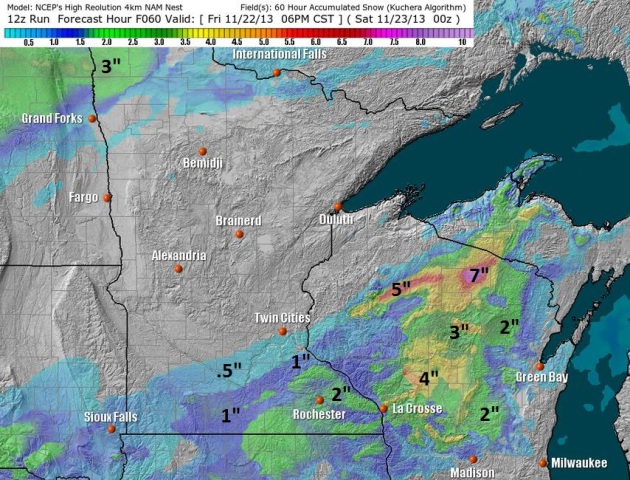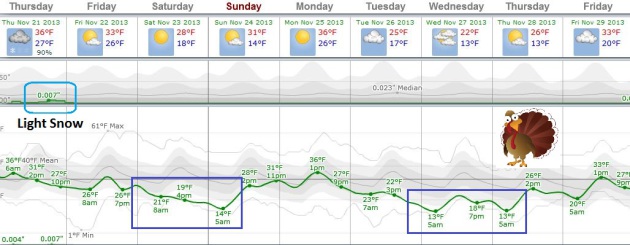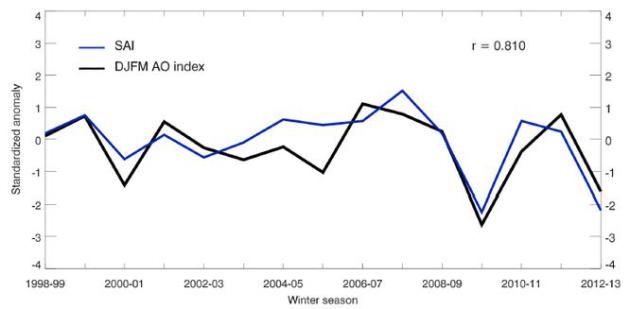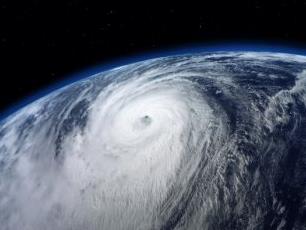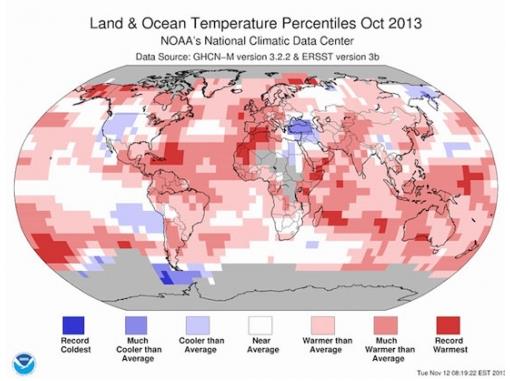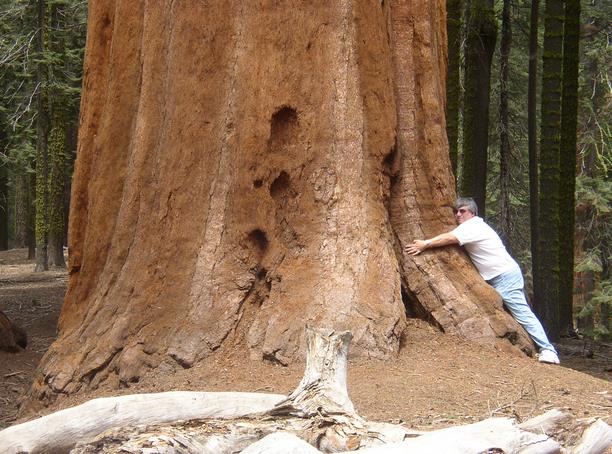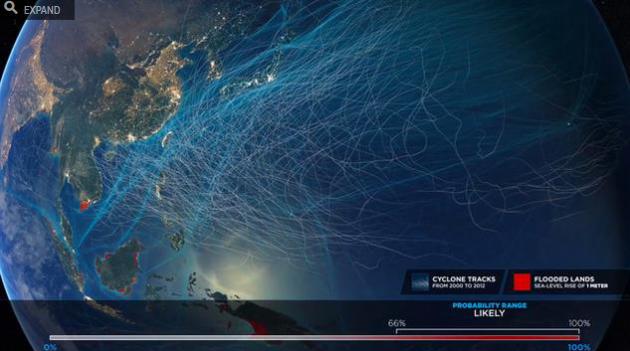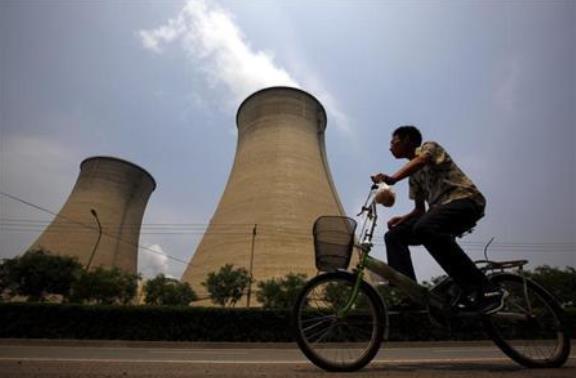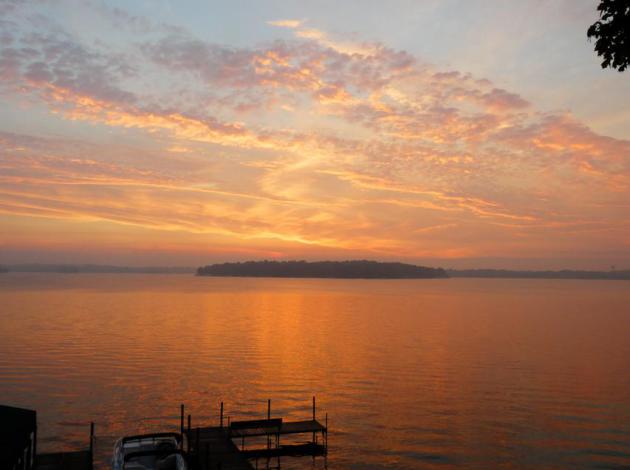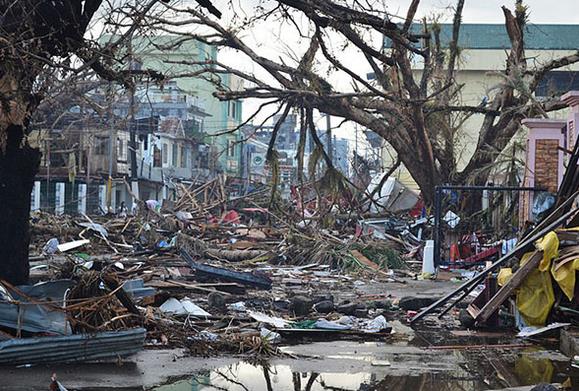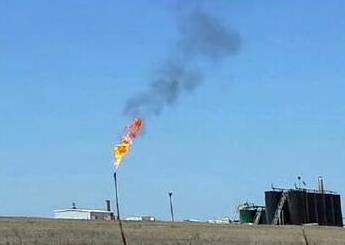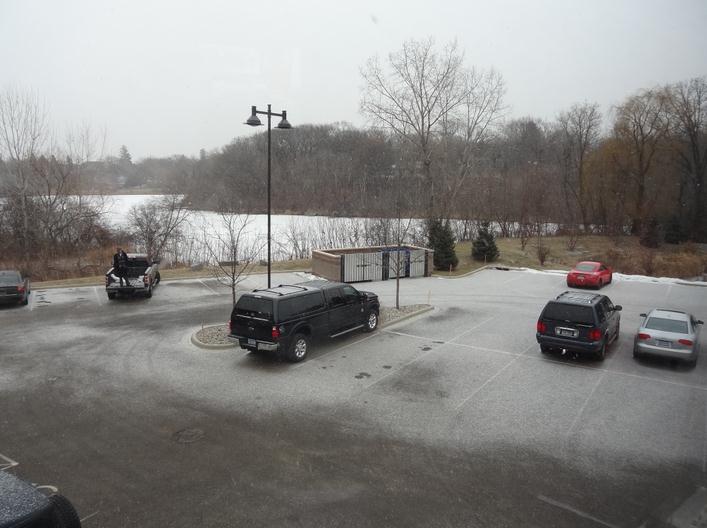 Nuisance Snow
Nuisance Snow
"Americans
are preoccupied with inches" my favorite college professor complained.
"It gives the impression we can predict snowfall down to the inch, which
is a pipe dream." Amen brother. We usually offer up a range of possible
snowfall totals, but if I say 3 to 6 inches people remember 6. I guess
we all tend to round up.
Final snowfall tallies depend on the
precise storm track, the amount of moisture available, and temperatures
throughout the lowest mile of the atmosphere. In 1976 there was one
weather model from NOAA, the LFM. Now there are dozens. So much data, so
little wisdom.
Some light snow is possible tonight; maybe a quick
coating - more nuisance than "plowable". This quick burst of white
comes along the leading edge of much colder air for the weekend. A lack
of deep snow cover will limit just how cold it can get, but highs only
reach the teens & 20s on Saturday.
Lake effect snows will kick
in downwind of Lakes Superior and Michigan; a soaking rain event
shaping up for the east coast before Thanksgiving. No big, controversial
storms are brewing close to home into next week. Highs approach 30F
Thanksgiving Day, within a few degrees of average.
Could be worse.
Numb And Number.
Some very cold air is brewing to our north, from Canada into Alaska,
with low temperatures as cold as -55 F (air temperature) and Rabbit
Kettle, NT Canada. Question: can you feel colder than numb? Not sure. A
piece of this brittle airmass will break off and have most of the nation
reaching for coats in the coming days, whipping up lake effect snows,
and a potentially significant (rain) event for the southeast and Mid
Atlantic region by the middle of next week. We take a look at the
building chill and an early peek at Thanksgiving Week Weather in today's
Climate Matters: "
WeatherNationTV
Chief Meteorologist Paul Douglas goes over the forecast of an Arctic
chill that will drop temperatures for parts of the United States 50
degrees in just a few hours! It's not just people north of the Mason
Dixon line feeling the chill either. Florida and even places along the
Gulf Coast can expect to see temps well below average."
Nuisance Snow.
4km NAM model data from NOAA shows a couple inches of snow over
southeastern Minnesota, maybe more over central Wisconsin, but closer to
a coating to 1/2" for the metro (best chance southern suburbs) later
today and tonight, just enough to grease up a few roads. Map: Ham
Weather.
A Fleeting Wintry Swipe.
A lack of snow on the ground will limit just how cold it can get, but
temperatures may struggle to reach 20F Saturday, again Wednesday of next
week. We will see a few 30-degree highs next week; best chance Monday,
again Friday of next week. Not exactly Indian Summer, but no major
storms are brewing either.
Canadian Infiltration.
Here we go - not exactly the Mother Lode of arctic chill, but probably
cold enough for most mortals. The red solid line is the 32F isotherm,
the bright green line shows predicted temperatures below 0F over time.
12km NAM 2 meter temperatures into Saturday night courtesy of NOAA and
Ham Weather.
BPI.
Our Blizzard Potential Index calculates the odds of blizzard and
near-blizzard conditions, with especially heavy snow, high winds and low
visibility, capable of disrupting travel by land and air. Note the
wintry conditions spreading across New Mexico into northern Texas and
Oklahoma, low visibility in heavy snow squalls downwind of the Great
Lakes as lake effect snows kick in. Map: Ham Weather.
Thanksgiving Day Weather.
The ECMWF forecast guidance for midday Thursday of next week, courtesy
of WSI, shows dry weather across most of the USA, a rush of bitter air
pushing into New England, while temperatures thaw from St. Louis into
the Plains. Chilly weather will extend as far south as the Gulf Coast
and Florida, a balmy Thanksgiving for the Southwest, rain spreading into
coastal California.
Judah Cohen's Winter Outlook: A Downer For East Coast Winter Weather Lovers.
Cohen specializes in long range forecasting, and his recent track
record is impressive. He has perfected the art of linking snowcover in
Sibera with weather downwind over North America, but this year he sees
conflicting signals. Here's a clip from an interview conducted with
The Capital Weather Gang: "...
I
have to admit that I am struggling with how to interpret the
conflicting predictions based on Siberian snow cover. . . . Based on
what I have seen so far the hemispheric circulation of the atmosphere
has evolved more consistently as if the Siberian snow cover was below
normal or closer to the prediction derived from the SAI. Therefore, this
favors an overall positive winter AO. However I do see signs, based on
the large-scale energy propagation of the atmosphere, that favor
building of high pressure in the mid-high latitudes in the near term and
that should help to support colder temperatures and even a negative AO
right at the start of winter. Eventually I would expect atmospheric
conditions to favor a more positive AO but that is no guarantee..."
Graphic credit above: "
The correlation between the Snow Advance Index (SOI) and Arctic Oscillation (AO) over time." (Judah Cohen).
Sunday's Tornado Outbreak Could Be The Costliest November Weather Event In U.S. On Record. Meteorologist Jason Samenow runs the numbers at
The Capital Weather Gang; here's the intro: "
Falling
at the end of hurricane season and prior to major winter storms,
November has historically eluded billion dollar weather disasters in the
U.S. But economic damages from Sunday’s tornado outbreak could exceed
$1 billion says a leading risk modeling firm,
making it the most expensive weather disaster to occur in November in
25 years of records. “Given evidence we’ve seen, it’s likely it will
exceed $1 billion,” says Matt Nielsen, a meteorologist at RMS,
a firm that projects and assesses disaster losses. “If we compare it to
some of the other analog [similar] events for this year, the billion
dollar number seems to be consistent...”
Photo credit above: "
Aerials
of the tornado damage in Gifford, Il. can be seen Tuesday Nov. 19,
2013. The tornado was Sunday Nov. 17, 2013. Meteorologists with the
National Weather Service say preliminary surveys show at least 11
tornadoes touched down in Illinois during Sunday's storms." (AP Photo/The News-Gazette, Vanda Bidwell).
"
Climate Change and Midwest Tornadoes". Here's a PDF from
Climate Nexus.
Losses From Extreme Weather Rise To $200 Billion A Year Over Past Decade.
Reuters has the story; here's an excerpt: "
Global
economic losses caused by extreme weather events have risen to nearly
$200 billion a year over the last decade and look set to increase
further as climate change worsens, a report by the World Bank showed on
Monday. A United Nations' panel of
scientists has warned that floods, droughts and storms are likely to
become more severe over the next century as greenhouse gas emissions
warm the world's climate. "Economic losses
are rising - from $50 billion each year in the 1980s to just under $200
billion each year in the last decade and about three quarters of those
losses are a result of extreme weather," said Rachel Kyte, World Bank
Vice President for Sustainable Development...
Which Countries Are Most At Risk From Super Storms And Extreme Weather? AlterNet
has the story - here's an excerpt: "...
All ten of the countries most at
risk from extreme events in the 1993 to 2012 period were developing
countries, emphasizing the message in Warsaw that poor countries cannot
cope with the increasing number of catastrophes by themselves. The major
issue at the conference in the wake of the current Philippine disaster
is how to finance “loss and damage” caused by an increasingly unstable
climate. The index, compiled by a think tank called Germanwatch from
figures supplied by the giant re-insurance company Munich Re, lists ten
countries most affected in 2012 and the long-term climate risk from loss
of life and damage from 1993 to 2012..." (Image: NASA).
Quiet Hurricane Season Is First Since 1994 Without A Major Storm. Details from
The Baltimore Sun;
here's the intro: "
A relatively quiet hurricane season is nearing its
end, likely to be the first since 1994 without a major hurricane forming
in the Atlantic, according to researchers at Colorado State University.
The season saw 13 named storms, which is about average. But storms
rarely strengthened much, with just two reaching hurricane status
despite predictions of a more active season..."
Image credit above: "Superstorm Sandy as it strikes the East Coast in late October 2012." (Space Science and Engineering Center, University of Wisconsin-Madison / November 21, 2012).
Scientists Brave Old Man Winter To Dig Out Secrets Of Lake Effect Snows. The
NSF (National Science Foundation) has the story - here's a clip: "'
Tis
the season...for snow. Thundersnow. Rare anywhere, thundersnow is
sometimes heard during the lake-effect snowstorms of the Great Lakes.
The interaction of clouds and ice pellets inside these storms generates a
charge, with lightning and thunder the result. How to catch thundersnow
in action? This winter, stalwart veterans of tornadoes, hurricanes and
other severe storms will be watching. One is known as the
Doppler-on-Wheels (DOW), a National Science Foundation (NSF) national
facility used by NSF-supported and other researchers. Joining it is a
University of Wyoming instrumented aircraft, the King Air, also an
NSF-funded national facility..."
Photo credit above: "
During the OWLeS project, scientists will dash through the snow in the Doppler-on-Wheels." Credit: CSWR.
Residents Of Most Polluted Cities - New York City, Chicago, Los Angeles And Miami - Have Increased Risk Of Dry Eye Syndrome. This one made me do a double-take; here's an excerpt from
Red Orbit: "
Residents
of major cities with high levels of air pollution have an increased
risk of dry eye syndrome, according to a study presented at the world’s
largest ophthalmic conference, the 117th Annual Meeting of the American
Academy of Ophthalmology, in New Orleans. Study subjects in and around
Chicago and New York City were found to be three to four times more
likely to be diagnosed with dry eye syndrome compared to less urban
areas with relatively little air pollution. As a result of this study,
researchers suggest that environmental manipulations should be
considered as part of the overall control and management of patients
with dry eye syndrome..."
Use Technology To Shape Your Company's Future.
LinkedIn has the article - here's the intro: "
Between
smart phones, smart pads, apps, cloud computing, and the myriad of
other technological advances and transformations occurring today, many
company leaders are wondering how to navigate it all. Historically, CEOs
and other C-suite executives are used to having control over everything
within the company’s walls. As such, they are not happy with the
increased focus on such things as cloud computing, yet that’s precisely
what their company’s staff is using when they use their personal
computers to search Google or access other cloud-based applications..."
The IPO Of You And Me: How Normal People Are Becoming Corporations.
Would you be willing to take some up-front cash now for a percentage of
future earnings? Some people are doing just that, as reported at
New York Magazine; here's an excerpt: "
What
do Twitter, Berkshire Hathaway, and your best friend Dave have in
common? Pretty soon, you might be able to buy stock in all three. We've
heard a lot about corporate personhood – the idea that, as one former
Massachusetts governor put it, "Corporations are people." But there's a
new hot concept in the land of personal finance: personal corporatehood,
the notion that people can act like corporations. Increasingly, amid
record-high stock markets that have rewarded anything with a ticker
symbol, normal people are finding new ways to sell stock, lash
themselves to investors, and throw themselves at the market's mercy..."
Everyone In The World Hates Their Jobs - But Americans Hate Theirs The Most.
Fast Company has results of a recent survey - here is a clip from an interesting story: "
We
suppose this survey of 8,000 workers across the United States, Canada,
India, and Europe makes it somewhat official: America is number one!
Number one in the percentage of employees who hate their jobs, that is.
Monster.com and market research company GfK conducted the study, which
revealed that only 53% of Americans actively enjoy their jobs, and 15%
actively dislike them. Canadians, meanwhile, took top prize for having
the cheeriest workforce: 64% of Canadians like their jobs, while only 7%
hate what they do..."
The Best Compact Cameras Of 2013.
One of many weaknesses is digital cameras, and I find myself on an
endless treadmill of more megapixels, better zoom lenses and bigger
sensors. Just in case you're in the market for a camera this holiday
season check out a good review of cameras (small enough to fit in a
pocket) at
Gizmag; here's a clip: "...
All of the cameras in our line-up have an optical zoom – something missing on all but the most Frankenphone
of smartphones – and the majority also offer wireless connectivity for
convenient image sharing. They also each boast a much larger sensor than
you're likely to find on most smartphones (with the Nokia 1020 and 808 being the exceptions) and, as such, should produce better-quality images.
The cameras we'll be looking at are:
Climate Stories...
Globe's Unbroken Warm Streak Approaches 29 Years. Details from
Climate Central; here's the introduction to the article: "
The
globe’s unbroken hot streak is inching closer to 29 years, with new
data showing that October was the 344th consecutive month with global
average surface temperatures above the 20th century average. According
to data from the National Oceanic and Atmospheric Administration released
on Monday, the global average surface temperature for the month
of October was 1.13°F above the 20th century average (1961-1990) for the
month. That’s enough to make this the seventh-warmest October on record
in what is also likely to be the seventh-warmest year on record,
according to a recent report from the World Meteorological Organization.
The last time the globe had a cooler-than-average month was February
1985, and the last cooler-than-average October occurred in 1976, shortly
before Jimmy Carter beat Gerald Ford in that year's presidential
election..."
Graphic credit above: "
Global temperature departures from average for October 2013, which was the seventh-warmest October on record." Credit: NOAA.
Coal Seen As New Tobacco Sparking Investor Backlash: Commodities. Bloomberg has the story; here's an excerpt: "
About
$8 trillion of known coal reserves lie beneath the earth’s surface. The
companies planning to mine and burn them are being targeted by a
growing group of investors concerned with the greenhouse gases that will
be made. Storebrand ASA (STB), which manages $74 billion of assets from Norway, sold out of 24 coal and oil-sands companies since July including Peabody Energy Corp. (BTU), the largest U.S. coal producer, citing a desire to cut fossil-fuel industry holdings. This month Norway’s opposition Labour Party proposed banning the country’s $800 billion sovereign wealth fund from coal investments..."
Photo credit above: "
Coal,
whose burning spews about twice the greenhouse gases as natural gas, is
not in retreat. In 2011, coal was used to generate 30.3 percent of the
world’s primary energy, the highest level since 1969, according to the
World Coal Association, an industry trade group. That share slipped only
to 29.9 percent last year." Photographer: Dadang Tri/Bloomberg.
Oxygen Nation: Whatever Your Politics, Embrace Your Inner Tree Hugger. It turns out we're all tree huggers, according to Minnesota native Craig Bowron. Here's an excerpt of a his recent essay at
Huffington Post: "...
This
kind of branding trivializes the battle over climate change as an
alarmist ploy from the "greenies," who care more about spotted owls and
rare Amazonian frogs than they do their fellow humans. It gives the
appearance that the struggle isn't about the science or its
implications, but only about a way of life. It's the Audubon Society
against the NFL. You stare at your birds, I'll stare at my flat-screen
TV. Rather conveniently, this cognitive severing of the intimate link
between ourselves and the rest of the Earth allows us to take what we
think we need, whatever the cost, the way condemning natives as godless
savages greased the wheels of Colonialism..." (photo credit: Wikipedia Commons).
The 10 Dumbest Things Climate Deniers Say. MarketWatch has the Op-Ed; here's an excerpt: "...
Here’s a paraphrased summary of Diamond’s classic rhetorical one-liners with links to some of our relevant commentaries:
1. Climate costs must be balanced against jobs and the economy
David Suzuki: Energy Choices Risk Climate Chaos For Atlantic Canada. Here's a clip from a story at Vancouver's
straight.com: "...
For his captivating documentary, Climate Change in Atlantic Canada,
Ian Mauro, an environmental and social scientist at Mount Allison
University in New Brunswick, interviewed farmers, fishers, local
residents, First Nations community members, scientists and business
people from all around the Atlantic provinces. All say climate change is
affecting their communities and livelihoods. They also agree something
must be done and that the “business as usual” scenario is no longer an
option. The heart of the problem is our seemingly unquenchable thirst
for mainly fossil-fuel based energy resources. As our desire for comfort
and efficiency grows, so does our energy consumption, prompting the
search for sources increasingly difficult to extract..."
The Actual Probability Of Earth Going To Hell In The Next Few Decades.
Gizmodo takes a look, with the aid of cutting-edge model visualizations, in this story - here's an excerpt: "...
We
wanted to find a way of communicating climate risks in a way that
showed exactly what climate scientists meant when they say likely or
unlikely," co-producer Owen Gaffney told Sploid, "while the terminology
can sound a little vague, it is more precise than most people realize."
The visualization—funded by the UN Foundation for the launch of the
Intergovernmental Panel on Climate Change and made by our friend Felix Pharand Deschenes—is
based on 2013 Intergovernmental Panel on Climate Change data. It ties
the IPCC findings with the effects of the Anthropocene, the new
geological era that refers to the effect of humans on Earth ecosystems,
including the transformation of terrain and life all around us..."
Africa's Green Shoots. Africa is bearing a disproportional amount of the impact of a warming climate, as reported in this article at
BusinessDay; here's a snippet: "...
If
a sign of things to come were needed, one would do well to look at
Africa, which is already highly vulnerable to climate variability.
Further volatility could be ruinous. Two-thirds of the continent is
desert or drylands, and three-quarters of its agricultural drylands are
significantly degraded. The Sahara Desert is expanding: Lake Chad, for
example, is now one-tenth of its size a half-century ago. The worst
conditions are in the Horn of Africa and the Sahel, where drought and
famine have left more than one million children at risk of severe
malnutrition. Africa emits a mere 4 percent of the world’s CO2, but it
suffers most from its ill effects. That said, Africans bear some of the
blame, too: for example, four million hectares of African forest
disappear annually – twice the global rate of deforestation..."
Global Carbon Emissions Rise To New Record In 2013 - Report.
Reuters has the story; here's the introduction: "
Global
carbon dioxide emissions from burning fossil fuels will rise to a
record 36 billion tonnes this year, a report by 49 researchers from 10
countries said, showing the failure of governments to rein in the main
greenhouse gas blamed for global warming.
The report by the Global Carbon Project, which compiles data from
research institutes worldwide each year, was published in the journal
Earth Systems Data Discussions on Tuesday.
Its 2013 estimate represents a 2.1 percent gain versus 2012 and a 61
percent increase since 1990, the baseline year for the U.N.'s Kyoto
Protocol, the only global agreement that places binding limits on
national CO2 emission levels..."
Photo credit above: "A man rides his bicycle past the cooling tower and chimneys from a coal-burning power station in Beijing June 1, 2012." Credit: Reuters/David Gray/Files.
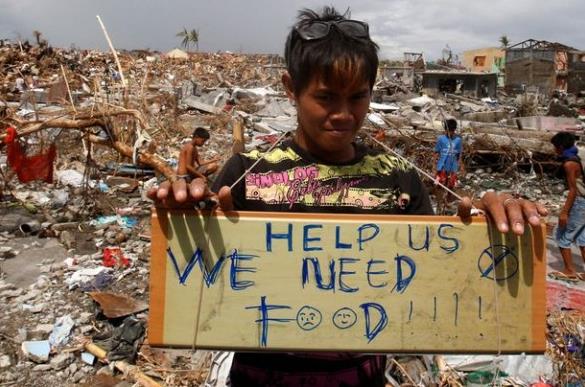
Haiyan Is An Example Of Climate Change Making Things Worse. Here's a clip from climate scientist Greg Laden at
scienceblogs.com: "...
The
exact nature of future storms is uncertain, but there are four lines of
scientific evidence that hurricanes will be more of a problem in the
future than they were in the past. First, sea levels continue to rise,
so the same storm ten years from now vs. ten years ago will have
significantly greater impact. Sea level rise was a significant factor
with Superstorm Sandy and Katrina, and was likely a factor in the high
death toll and extensive damage caused by Haiyan. Second, large storms
are likely to produce more rain over a broader area
because a warmer atmosphere contains more moisture; large storms will
bring increased inland flooding, a major cause of damage, injury, and
death in tropical storms and cyclones. Third, increased sea temperatures
may generate more intense storms..."
The New Normal?
Is a warmer atmosphere, with more water vapor (especially over and near
the world's oceans) flavoring all weather, and making weather extremes
more numerous and severe? Here's a clip from a story at
The Economist: "...
In
theory, a warmer world should indeed produce more potent cyclones. Such
storms are fuelled by evaporation from the ocean. Warmer water means
faster evaporation, which means more energy to power the storm. A warmer
atmosphere can hold more moisture, which means more rain. But other
factors complicate things. Tropical cyclones cannot form when wind
speeds in the upper and lower atmosphere differ too much. Climate models
suggest, in the North Atlantic at least, that such divergent winds may
be more common in a warmer world. The Intergovernmental Panel on Climate
Change (IPCC) reckons that the frequency of cyclones will stay the same
or decrease while their average intensity goes up..."
Why Disasters Like The Typhoon In The Philippines Will Keep Getting Worse. According to this article at
Pacific Standard, climate change is only part of the story; here's an excerpt: "
Basically,
as the world's population continues to grow, more and more people are
heading for the most economically attractive places, which tend to be
cities, which tend to be along coastlines. That's why the number of people living in Tacloban has tripled in recent decades,
from 76,000 in 1970 to more than 220,000 when the storm hit. Obviously,
that puts three times as many people at risk of being killed when
disaster strikes. But population growth compounds risk in other ways.
All those people drawing water from underground aquifers can cause the
already low-lying land to sink further. That's probably part of the reason so much of Tacloban sits below sea level,
a fact which makes the city even more vulnerable to flooding.
Shoddily-constructed buildings thrown up in a hurry to house all those
newcomers also tend to fall down when the going gets rough..."
Photo credit above: "
Debris littering the streets of Tacloban on November 14, nearly a week after the storm struck." (PHOTO:
TROCAIRE/WIKIMEDIA COMMONS).
Rotterdam: Designing A Flood-Proof City To Withstand Climate Change. Here's a snippet of a story dealing with adaptation from
The Guardian: "...
Surrounded
by water on four sides, this delta city of some 600,000 people can't
flush the sudden stormwater away. Instead, it has embarked on a climate
change adaptation strategy
that turns every conceivable area into water storage. "We have squares
that are set lower than the surrounding streets and pavements that will
function as water plazas and fill themselves up with water", explains
van Huffelen. "We've also built water storage facilities, for example an
underground parking garage with a basin the size of four Olympic
swimming pools. And we've introduced more green areas, including green
roofs and green facades, that will be able to absorb water as well..."
Colorado To Tighten Drilling Rules.
In addition to ongoing concerns about contamination of ground water
supplies, there is growing apprehension about methane leakage around
these hydraulic fracture (fracking) wells. Here's a clip from
The Wall Street Journal: "...
The
state's proposed rules include first-in-the-nation regulations to force
energy companies to reduce the emission of methane, a potent greenhouse
gas linked to global warming that is the major ingredient in natural
gas. The rules also attempt to cut emissions of volatile organic
compounds, which some scientists say raise ozone levels and contain
cancer-causing pollutants..."


